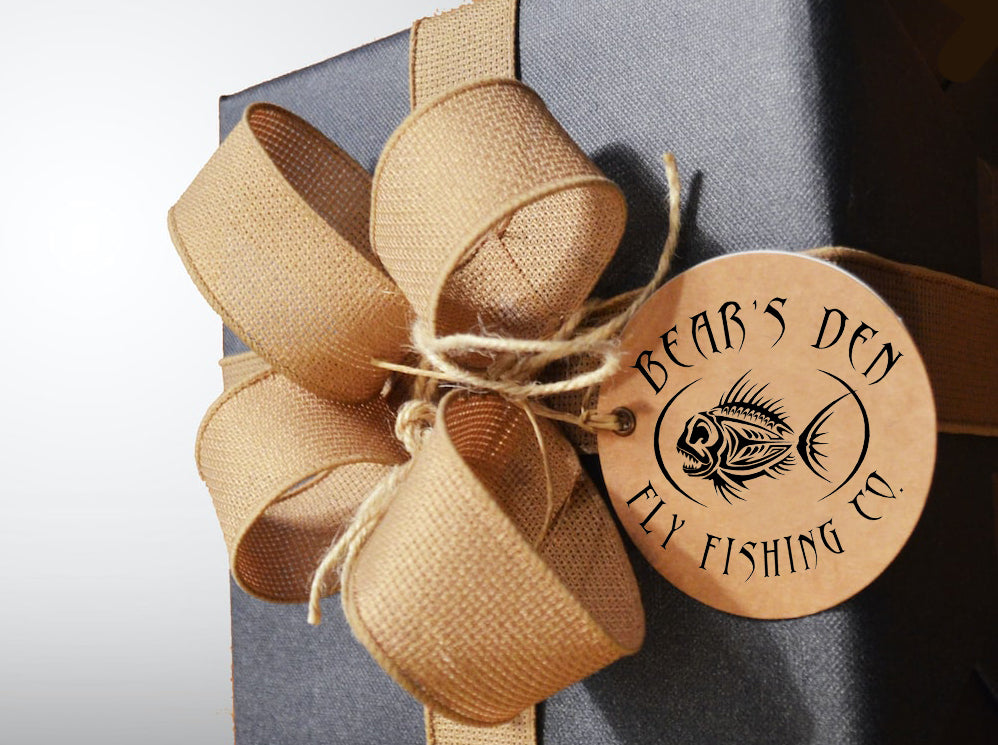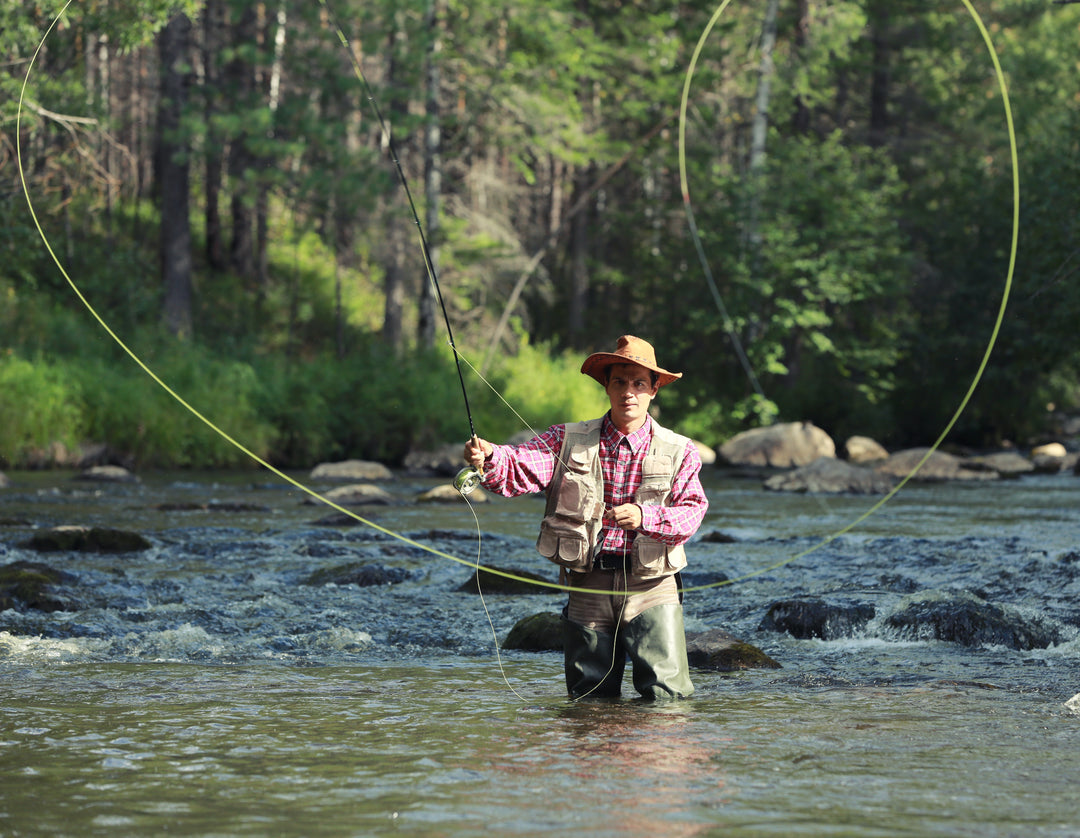Stripping Baskets: Why You Need One By Nick Curcione
Aside from my basic rod, reel, line and fly selection setup, the one item I would never leave behind on any fishing trip is a stripping basket. I once drove an hour back home to fetch one I left behind. I guess you could say it’s the fly- fishing equivalent of the TV commercial which advises, ‘don’t leave home without it’. The functions they serve are numerous and the litany of mishaps I’ve experienced or have seen befall others because they weren’t using one are endless.
In contrast to conventional and spin fishing, in fly fishing the line you cast is not wound back on the reel in preparation for the next cast. The only place for it to go is at your feet where you are standing. No big deal you say, but here’s the rub. Line, no matter what kind, by its very nature is prone to tangle and the hard, cold fact is that if it is not confined in some sort of line management device sooner or later it will become fouled on itself or some object nearby. And when you’re trying to make cast after cast line tangles can turn the effort into a truly maddening experience. Anything line can snag on, or coil around will cause it to foul. A single stalk of grass or piece of seaweed, a pebble the size of a walnut, a broken clamshell, twigs, shoelaces, and a thousand other seemingly innocuous items will invite line snarls and tangles.
Even if your line falls on water that is free of debris, there still will be problems because the surface holds the line like a magnet and your forward cast can be robbed of considerable distance. The situation worsens when you add in the effect of current that can pull the line opposite the direction you are trying to cast to.
Fishing from boats, even those designed for fly- fishing with clutter-free decks can present challenges if the line isn’t properly managed. I’m hard pressed to recall a time out on the water when there wasn’t at least a light breeze in the air and the slightest wisp can blow the line into places it shouldn’t be including overboard. Then there’s the ever- present problem of unknowingly standing on the line. Even when barefoot it can sometimes be difficult to tell if you are doing so. You make what seems like a good cast, but the line comes to a premature and abrupt stop because you’re standing on part of it. Worse yet is when you hook a fish and don’t realize you’re standing on the line. I lost what would have been my second bluefin tuna on fly when a section of the running line was unknowingly pinned under my foot. Up until that moment everything was done right. I was fishing stripers from my friend’s boat in Rhode Island when we noticed fish breaking a few hundred yards from us. As we got closer, we could see bluefin breaking the surface. He carefully maneuvered us into position, I made the cast and was bit as soon as I began stripping the fly. Pure exhilaration. Sadly, it lasted only seconds. When we were running to the school, I took my basket off to re-rig with another outfit. I forgot to put it back on. When the tuna hit line was burning off the deck and then suddenly there was sickening slack. I looked down and saw a coil of line trapped under my left foot. Goodbye bluefin.
For years I preached the gospel of making your own stripping basket. When I started out almost 50-years ago there was no alternative because baskets for this purpose were not commercially available. Fortunately, all that’s changed so if you don’t have the time or don’t want to bother making one yourself there are some excellent manufactured baskets to choose from and the Bears Den has a nice selection all worth checking out. The two I am most familiar with are the Orvis Durable and TFO’s Linekurv. These are conventional four- sided baskets and it’s been my experience that this type does the best job of line containment. One modification I do suggest is punching quarter-size holes in their bottoms especially for conditions you’ll encounter if you fish the surf. Water will inevitably splash into the basket, and you want it to empty ASAP. One of the four-sided models that does have bottom holes is the Baskettee Stripping Basket. It’s more expensive than the other two but in addition to the necessary draining holes in the bottom it has several nice features like extra high cones, a magnet inside the middle cone to keep a fly in place if you choose to drop it in the basket, a line lock with a double-sided wedge to prevent line being blown out and extra durability to the point where supposedly you can even sit on it. As an old guy I find that a very desirable plus.
If you have never used one before, it may seem somewhat awkward at first and you may feel preoccupied with making sure the line falls into the basket. But spend a little time with it and you’ll find that the basket blends seamlessly with your fishing. When I’m flying to a destination spot, I pack it in my luggage and use it as a convenient storage bin for all kinds of stuff ranging from clothes to reels.
Given the simplicity and the utility of these containers, don’t be a basket case and fish without one.







